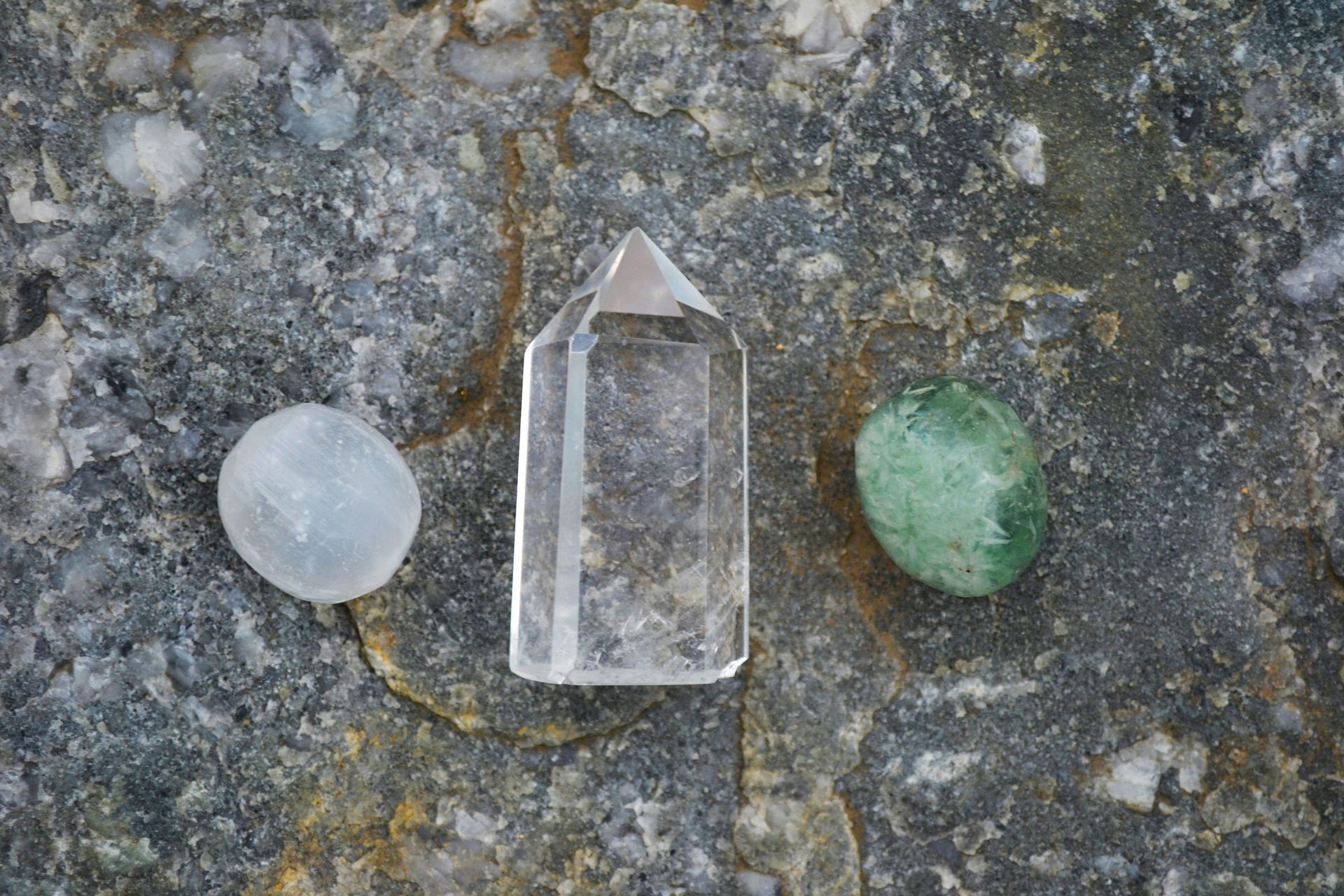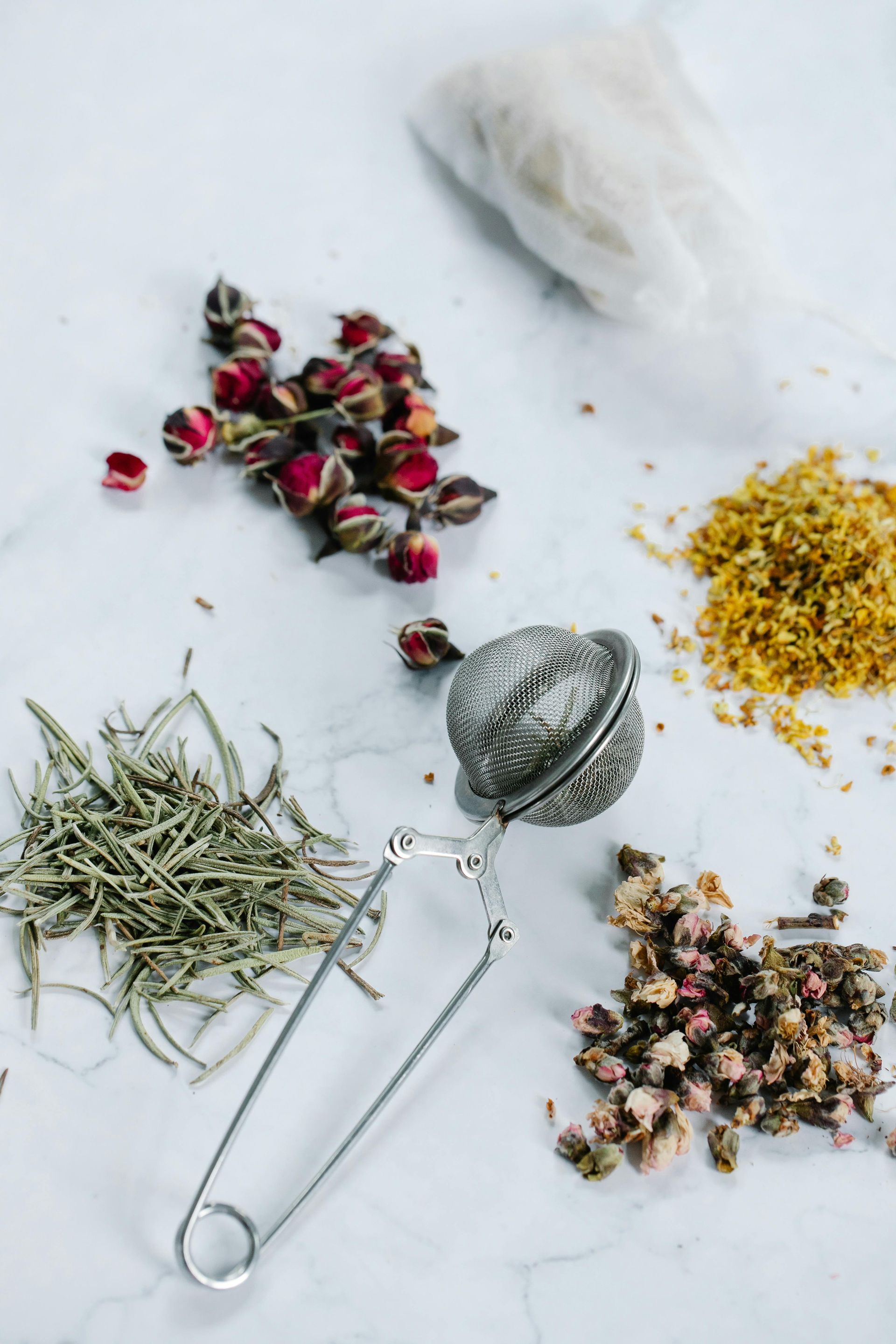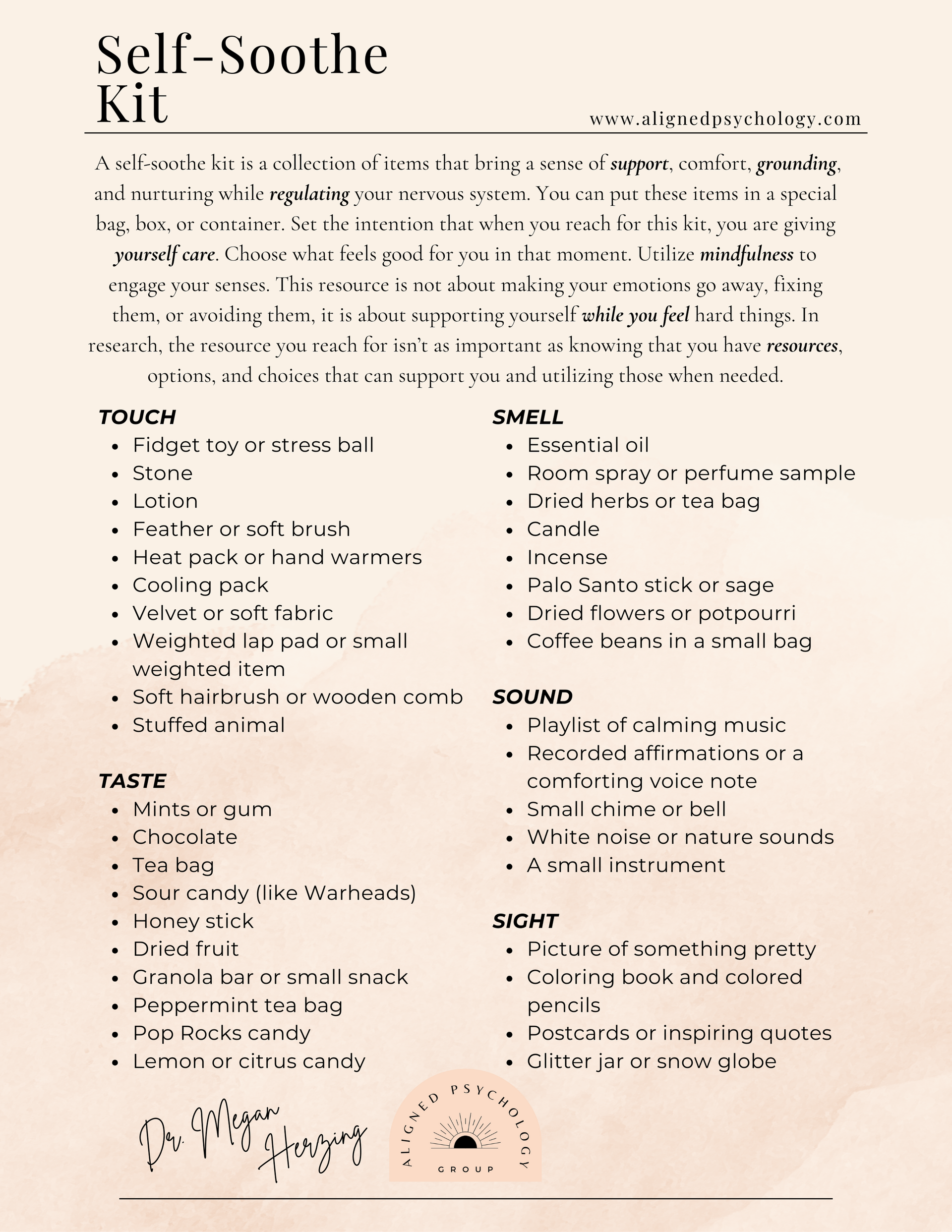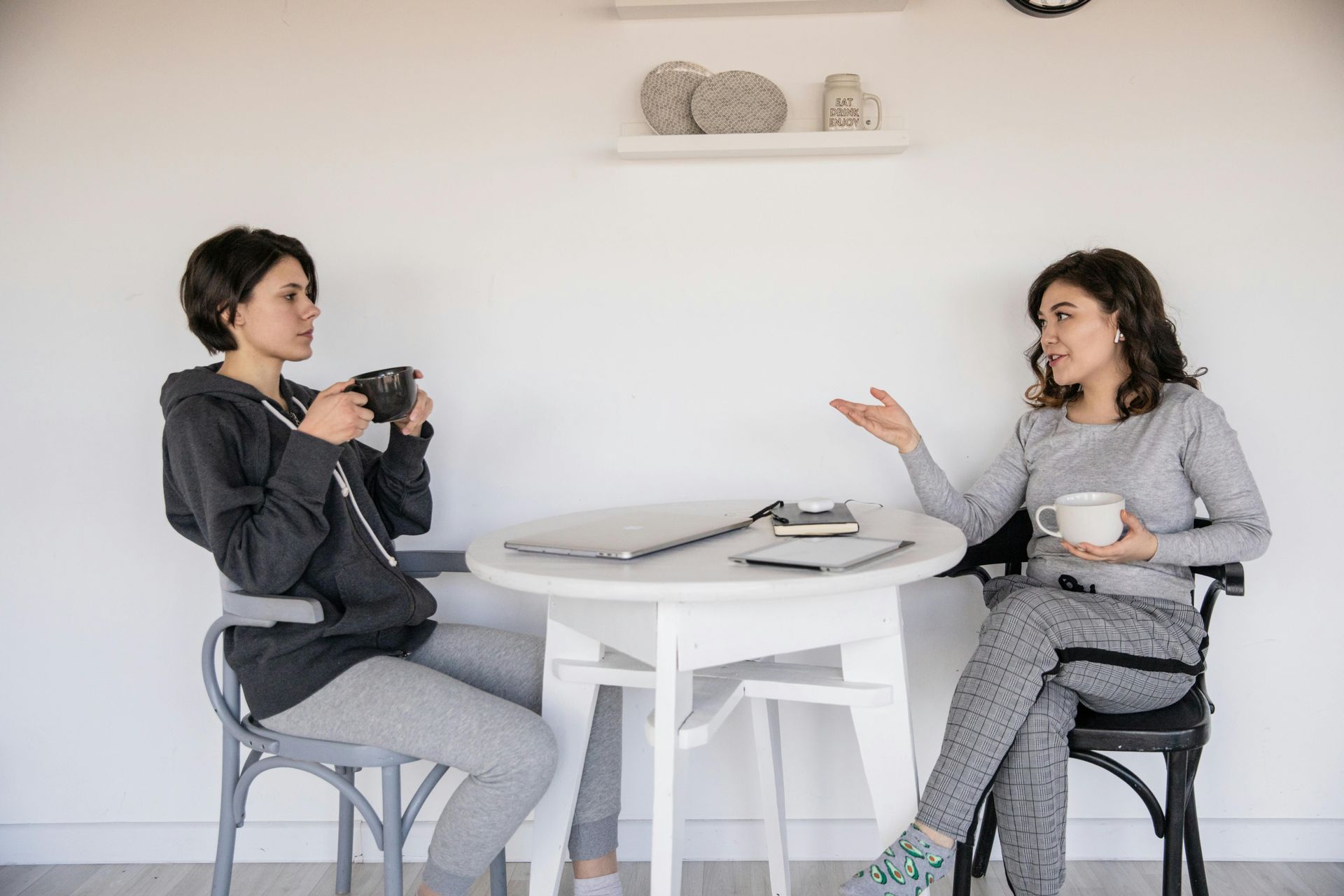Trauma Therapy Homework - Week 11
Week 11: (The Basics)
Self-Soothe Kit
Welcome to another week of trauma therapy homework! Having a self-soothe kit can be a powerful tool for emotional regulation and comfort. Think of it as a personal collection of items that bring you a sense of calm, grounding, and regulating your nervous system—something you can reach for when you need extra support. This isn’t just about throwing random objects into a box. It’s about intentionally curating items that engage your senses and meet your needs in a nurturing way. When you use your self-soothe kit, you’re making a conscious choice to comfort yourself, acknowledge your emotions, and practice self-care. You can put your kit in a special bag, box, or other type of container so that you have many options for regulating all in one place. Let’s dive into how to create one that truly works for you!

How to Use Your Self-Soothe Kit
- Set an Intention – Before using the kit, remind yourself: “I am giving myself care and support right now.”
- Pick What Feels Right – You don’t have to use everything at once. Choose what feels most comforting in the moment.
- Engage Your Senses Mindfully – Pay attention to how things feel, smell, taste, look, and sound.
- Create a Ritual – Maybe you open your kit with a deep breath or say a gentle affirmation before using an item.
- Use It When You Need It – Whether you’re feeling stressed, overwhelmed, sad, or just in need of comfort, give yourself permission to turn to your kit without judgment.
Ideas for Your Self-Soothe Kit
For the best experience, include at least one item for each of your senses—touch, smell, taste, sight, and sound. This ensures that no matter what you need in the moment, there’s something in your kit that can help. Here are some ideas to get you started:
Touch: Bringing Comfort Through Physical Sensation
- Fidget toy or stress ball – Great for nervous energy or grounding yourself through movement.
- Stone – Running your fingers over a cool, smooth object can be soothing.
- Lotion – Massaging lotion into your hands can be a nurturing self-care ritual.
- Feather or soft brush – Lightly running it over your skin can feel gentle and calming.
- Heat pack or hand warmers – Warmth can be soothing and comforting.
- Cooling pack – A cool sensation can help with grounding and regulation.
- Velvet or satin fabric swatch – Running your fingers over smooth fabric can be calming.
- Weighted lap pad or small weighted item – The pressure can create a sense of security.
- Soft hairbrush or wooden comb – Brushing your hair can be a soothing sensory experience.
- Stuffed animal or soft fabric – Something soft to hug or hold can provide a sense of safety.
Smell: Using Scents to Shift Your Mood
- Essential oil – Can be calming, grounding, or uplifting.
- Room spray or perfume sample – A comforting scent can help you feel safe and grounded.
- Dried herbs or tea bag – Holding and smelling dried plants can be soothing.
- Candle (unlit if safety is a concern) – A familiar scent can bring a sense of comfort and relaxation.
- Incense - This can be for smell and sight, you can watch the smoke make beautiful shapes.
- Palo Santo stick or sage – If you enjoy the ritual of scent, lighting one can create a calming atmosphere.
- Dried flowers or potpourri – A gentle floral or herbal scent can be grounding.
- Coffee beans in a small bag – The rich scent can be grounding, especially if you associate it with comfort.
Taste: Engaging in Soothing or Stimulating Flavors
- Mints or gum – A cooling sensation can be refreshing and grounding.
- Chocolate – A small piece of chocolate can provide a comforting, pleasurable taste.
- Tea bag – Making a warm cup of tea can be a soothing ritual.
- Sour candy (like Warheads) – If you need a strong sensory experience to bring you back to the present moment.
- Honey stick – A natural, sweet option that can feel comforting and indulgent.
- Dried fruit (mango, apple slices, banana chips) – A chewy, naturally sweet option.
- Granola bar or small snack – A comforting, nutritious option to stabilize blood sugar.
- Peppermint tea bag – Cooling and refreshing, great for relaxation.
- Pop Rocks candy – A fun, fizzy sensation that can be a unique distraction.
- Lemon or citrus candy – A bright, fresh taste for a sensory reset.
Sight: Creating a Visually Soothing Experience
- Picture of something pretty – A peaceful landscape, a loved one, or a happy memory.
- Coloring book and colored pencils – Coloring can be meditative and calming.
- Postcards or inspiring quotes – Something that reminds you of beauty and resilience.
- Glitter jar or snow globe – Watching something slowly settle can be mesmerizing and calming.
Sound: Using Audio to Create a Calming Atmosphere
- Playlist of calming music – Have a go-to playlist of songs that make you feel safe.
- Recorded affirmations or a comforting voice note – Hearing words of kindness can be grounding.
- Small chime or bell – The soft ringing can be a pleasant sensory focus.
- White noise or nature sounds on an app – The sound of rain, ocean waves, or birds can be soothing.
- A small instrument (like a tuning fork, mini hand drum, singing bowl) – Playing a simple sound can help with mindfulness.
Autonomy
It’s not about finding the “perfect” coping skill or resource—it’s about knowing you have options. The specific tool you use isn’t nearly as important as the sense of empowerment that comes from knowing you can do something to support yourself. Whether it’s holding a soft object, listening to calming music, or sipping a warm cup of tea, the goal is to remind yourself that you have choices and autonomy. Feeling overwhelmed can make it seem like everything is out of your control, but having a self-soothe kit full of different options helps you reclaim some of that power. You are giving yourself permission to explore what works for you, without pressure to get it “right.”
The self-soothe kit and any other resource in this homework isn’t about suppressing, fixing, or pushing emotions away—it’s about caring for yourself while you feel them. Sometimes emotions feel too big, too painful, or too overwhelming to sit with on their own, and that’s okay. Self-soothing is a way to support yourself through the experience rather than force it to disappear. It’s a reminder that you can hold space for what you’re feeling while also tending to your needs. You don’t have to choose between feeling your emotions and taking care of yourself—you can do both.

Final Thoughts: Giving Yourself the Care You Deserve
Creating a self-soothe kit is a simple but powerful act of self-compassion. It’s a way of telling yourself, “I deserve comfort. I deserve care. I deserve to take care of myself. I have tools and resources.” No matter what you’re going through, having something tangible to turn to can make all the difference. Healing isn’t about always feeling “okay”—it’s about having tools to support yourself when things feel tough. This kit can be one of those tools, reminding you that you have the power to bring yourself comfort, one small act of kindness at a time.
FREE Downloadable Handouts
Click this
LINK
for free access to downloadable PDFs from the Trauma Therapy Homework Series. You’ll be directed to my Google Drive folder, where you can explore all the handouts created so far. You can choose between a digital format for easy viewing on your device or a printable version if you prefer a hard copy.
Here is a preview of this week's handout! Click the link above to get your own free pdf copy.


ABOUT THE AUTHOR
Dr. Megan
Megan Herzing PsyD, Licensed Professional Clinical Counselor, specializes in trauma therapy and creating a safe, supportive space for healing. She integrates evidence-based modalities, including EMDR, Internal Family Systems (IFS), somatic therapy, and Emotionally Focused Therapy (EFT), to address the mind-body connection and empower clients on their journey to wellness. With extensive experience treating complex PTSD, anxiety, attachment injuries, and dissociation, she believes in the power of self-compassion and authentic connection to facilitate lasting change. Drawing from her own healing journey, she brings empathy and lived experience to her work, honoring each client’s unique path toward growth and resilience.
Thank you for being part of a community of humans that deeply cares about healing.
We are honored that you stopped by and hope our resources will continue to bring value to your life.
We are accepting new clients in California, and referrals are always appreciated.












